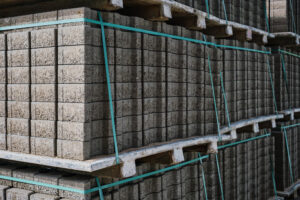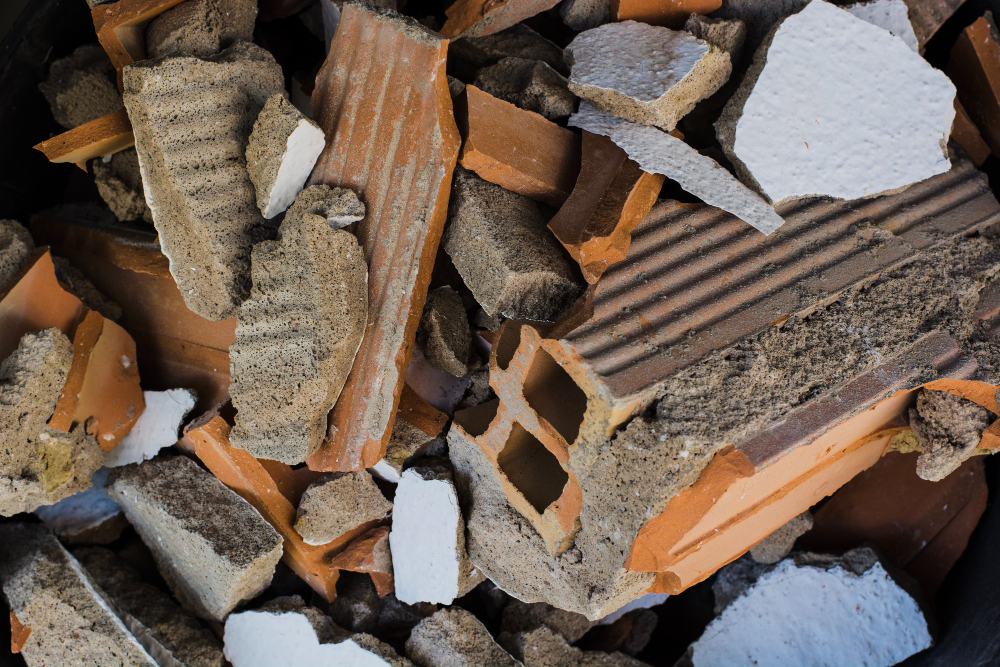In an era marked by growing environmental consciousness, the construction industry faces a crucial need to adopt sustainable practices. Renewable building materials have emerged as a key solution, offering a pathway to reduce the ecological footprint of buildings while enhancing their efficiency, durability, and health benefits. This article will delve into the significance of sustainable building materials and explore the various types available, highlighting their positive impact on the environment and human well-being.
Top Picks for a Greener Build: Most Sustainable Building Materials
The construction sector is witnessing a surge in eco-friendly building materials. These materials not only minimize environmental impact but also offer superior performance characteristics. Let’s explore some of the most innovative sustainable building materials gaining prominence:
- Bamboo: Known for its rapid growth and impressive strength-to-weight ratio, bamboo is an excellent sustainable alternative to traditional timber. Its high renewability makes it a favorite for flooring, beams, and even structural components.
- Recycled Plastic: Transforming plastic waste into green construction materials is a groundbreaking solution. Recycled plastic is now being molded into durable, weather-resistant planks, tiles, and even insulation materials, promoting a circular economy.
- Hempcrete: This bio-composite material, created using hemp fibers and lime, offers exceptional insulation, fire resistance, and carbon-sequestering properties. Hempcrete walls are breathable, regulating humidity and creating healthier indoor environments.
Natural building materials for a healthy home
Natural building materials have been used for centuries, and their resurgence in modern construction is driven by their inherent sustainability and health benefits. Here are some popular choices:
- Timber (Sustainably Sourced): Responsibly harvested timber from well-managed forests remains a valuable sustainable building material. Choosing certified wood ensures responsible forestry practices.
- Straw Bales: Often considered a by-product of agriculture, straw bales are gaining popularity as insulation materials. They offer excellent thermal performance, are readily available, and are biodegradable.
- Adobe Bricks: These sun-dried earth bricks have been used for millennia due to their durability and natural insulation properties. Adobe construction is experiencing a revival, particularly in arid climates.

Innovation for sustainability: Exploring alternative building materials
The quest for eco-friendly building materials has led to remarkable innovations. Researchers and companies are exploring cutting-edge materials that push the boundaries of sustainability. Here are some promising contenders:
- Mycelium Composites: Mycelium, the root structure of fungi, is being used to grow biodegradable, fire-resistant building materials. These composites offer excellent insulation and can be molded into various shapes.
- Self-Healing Concrete: Cracks in concrete are a common problem, but self-healing concrete incorporates bacteria that activate upon contact with water, sealing cracks and extending the lifespan of structures.
- Transparent Solar Panels: Imagine windows that generate electricity! Transparent solar panels are becoming increasingly efficient, allowing buildings to harness solar energy without compromising aesthetics.
Benefits of building with sustainable materials
The adoption of green building materials yields a wide array of benefits, ranging from environmental protection to economic advantages. Let’s delve into the compelling reasons to choose sustainable options:
Reduced environmental impact
Sustainable building materials significantly reduce the construction industry’s environmental footprint. By utilizing renewable resources, these materials minimize the depletion of finite natural resources. Furthermore, their manufacturing processes often involve lower energy consumption and reduced greenhouse gas emissions compared to conventional materials. This eco-conscious approach helps combat climate change and preserve ecosystems for future generations.
Enhanced energy efficiency
Many sustainable building materials possess exceptional thermal insulation properties. For instance, materials like hempcrete and sheep’s wool insulation effectively regulate indoor temperatures, reducing the need for heating and cooling. This translates into lower energy consumption, reduced utility bills, and a smaller carbon footprint for the building throughout its lifecycle.
Healthier indoor environments
Sustainable building materials often prioritize non-toxic and natural components, contributing to healthier indoor air quality. Unlike some conventional materials that may release volatile organic compounds (VOCs), sustainable alternatives minimize exposure to harmful substances. This is particularly beneficial for occupants with allergies or sensitivities, promoting a higher quality of living.
Durability and longevity
Green building materials are often chosen for their durability and resilience. Materials like bamboo and reclaimed wood are known for their strength and ability to withstand wear and tear. This longevity translates into reduced maintenance costs and a longer lifespan for buildings, further minimizing their environmental impact.
Economic advantages
While the initial cost of using renewable building materials may sometimes be higher, the long-term economic benefits often outweigh the upfront investment. Reduced energy consumption translates into lower utility bills, and the durability of these materials minimizes maintenance expenses over time. Moreover, government incentives and tax breaks for sustainable construction practices can provide financial advantages.
In conclusion, the importance of sustainable building materials cannot be overstated. By embracing these eco-friendly alternatives, the construction industry can pave the way for a more sustainable future. From reducing environmental impact to enhancing energy efficiency and promoting healthier living spaces, the benefits are undeniable. As research and innovation continue to advance, we can anticipate even more remarkable eco-friendly building materials that will revolutionize the way we construct our world. By making conscious choices today, we can create a built environment that is both environmentally responsible and conducive to human well-being for generations to come.
Related articles
Discover your new home with MiA
We have launched our virtual agent to help you find the property you are looking for.
Ask MiA and get personalized recommendations to find your dream home. Try it now!




